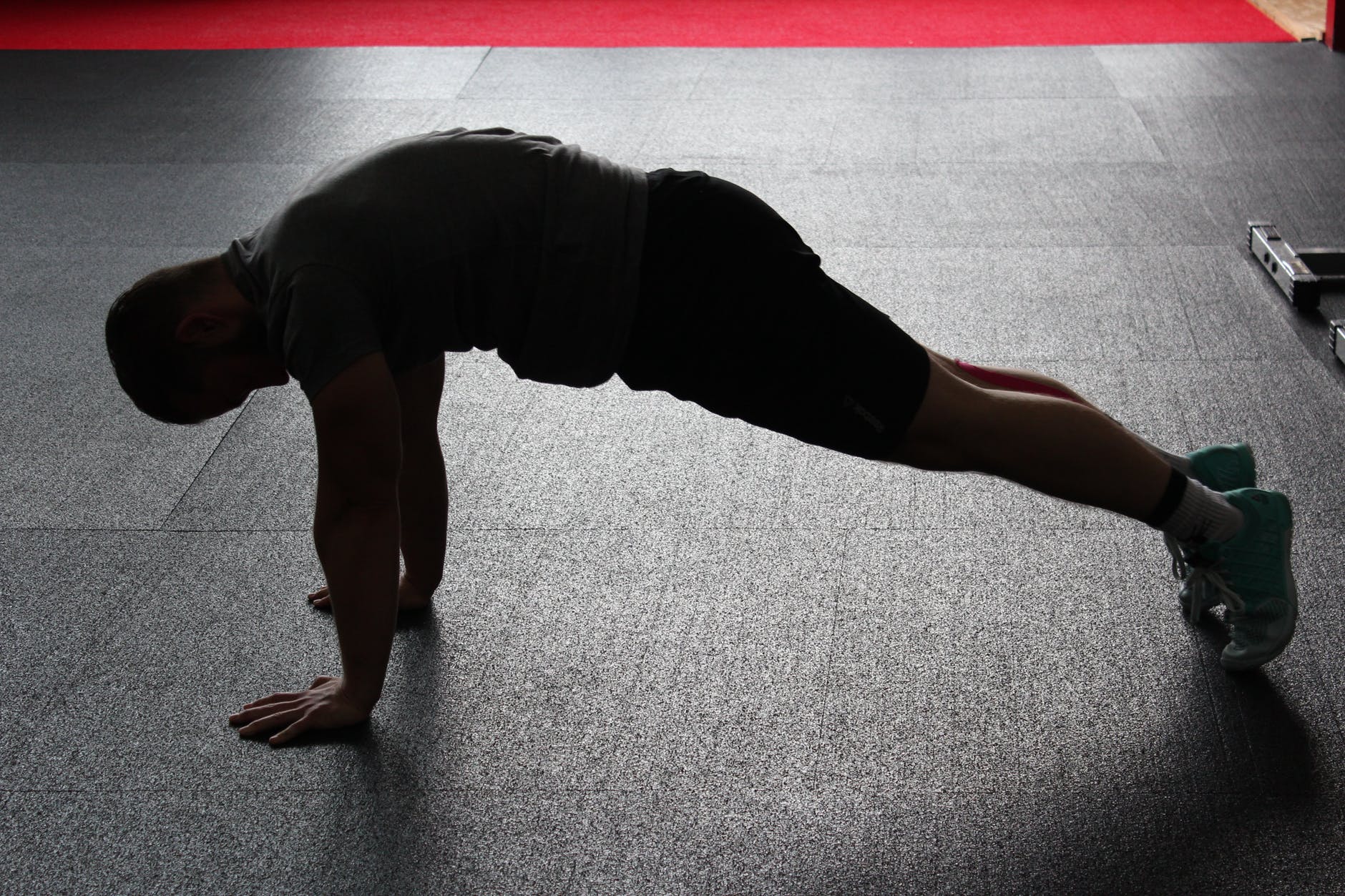Recently, I was coaching an athlete professional who felt scattered and wanted to carve out personal time to clear her mind. Once we determined a way to fit a personal development time block into her busy schedule, we created a list of things she could do during that timeframe to make sure she stayed on task with reaching her goal. One of the items on her list was meditation, which led to a conversation about different ways to meditate.
The truth is meditation can be done anytime anywhere and you don’t have to be sitting still. We spent a few minutes talking about different ways to incorporate meditation into her personal development time block, but also how she can meditate every day to gain more calmness and clarity.
What follows here is an excerpt from my eBook, “The Athlete Mental Playbook,” which you can download for free by clicking here.
How to implement mindfulness and meditation into your routine:
Give yourself quiet alone time every day even if it’s just for 10 or 15 minutes. Use this time to clear your head and let everything going on around you float away. Choose a space that’s comfortable for you. You may want to turn off the lights and play meditative music (there are lots of options for this on YouTube).
The easiest way to clear your mind is through meditation. Meditation can be done in a variety of different ways because the goal isn’t to sit still until you start levitating or some other supernatural thing you might have seen on TV; the goal is to simply gently let go of all expectations and thoughts.
Here are a few examples of meditation for athletes:
1. Conscious Breathing
In this type of meditation, you focus on your breath. That’s literally all it is. One way to do this as I learned from meditation guru, davidji, is to inhale slowly counting to four, hold that breath counting to four, exhale slowly counting to four, and then hold that out breath counting to four. If you do this four times, you will have completed a one-minute meditation, which is easy enough for any beginner. Increase your time a little bit each week as you make it a part of your daily routine. The results will begin to show.
2. Mindful Movement
This is one of my favorite exercises, particularly in meditation for athletes. I practice mindful movement before I sit to meditate. This is because I’m a very active person so to go from 100 to zero is nearly impossible. Before I start my sitting meditation, I spend some time doing mindful movements because it gives my body and mind a way to move together and begin the process of slowing down.
Here is an example of a movement that you can try. I suggest repeating it eight times.
Stand with your arms at your side. Inhale slowly while lifting your arms up over your head slowly. Pause here for a moment. Exhale slowly while bringing your arms back down. I like to imagine that as my arms float up, I’m gaining strength and clarity and as my arms float down to my side, that all tension, worries, and stress is leaving my jaw, my shoulders and my body.
3. Guided Meditation
Guided meditations can be found in apps, on YouTube, or in person at meditation classes or one-on-one with a coach. The advantage of this type of meditation is that you’ll listen to someone’s voice guiding you through meditations which can be extremely helpful when you first start practicing or when you want help directing your mind.
Listen to “intro to meditation” below for an example of a guided meditation.
Audio Player4. Affirmations During Exercise
Athletes might be surprised to learn that you can meditate during your strength training routine. My favorite time to sneak in meditative thinking is to use affirmations during tough, but motionless exercises such as when holding a plank. I hate holding planks for a long time so to pass the time I repeat affirmations and envision my dream life, the goal that I’m working towards, while holding the plank position. This is helpful because I’m able to hold the plank for a longer period of time but also because I’m focusing and clearing my mind, which is a meditative act.
No matter which style you try, the first key is to let go of all expectations. Don’t worry about what you’re supposed to be feeling or if you’re doing it right or not. Meditation is a judgment-free space. You may experience something different in each meditation or nothing at all, either way, you’re doing it correctly. The second key is let go of your thoughts. It’s perfectly normal for thoughts to come into your mind during your practice. Don’t get frustrated; it’s part of the process. When you notice your mind trailing off, simply pause and gently watch your thoughts float away knowing that you can always come back to whatever is on your mind after your meditation.
Want to know more? Click here to download the “Athlete Mental Health Playbook” for free or contact me to set up a consultation.

